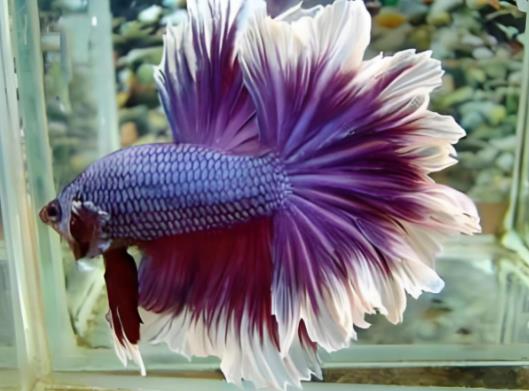Based on research, the choice of substrate for betta fish should balance water quality regulation, safety, and aesthetics. Here’s a comprehensive recommendation and precautions:

1. Top Recommended Substrates
Dark Stream Sand/Iron Gall Sand
Advantages: Dark substrates (like black gold sand or iron gall sand) promote vibrant coloration in bettas while stabilizing pH (6.5–7.0) to mimic the weak acidic environment of Southeast Asia.
Laying Tips: Use a 2–3 cm thickness with 1–2 mm particle diameter to avoid compaction or debris accumulation from overly fine grains.
Volcanic Stone (Granular)
Functions: Its porous structure adsorbs impurities and cultivates nitrifying bacteria, while minerals support betta health.
Mixing Plan: Combine with stream sand at a 1:3 ratio to enhance water purification.
2. Alternative Options
Ceramsite Sand: Ideal for beginners due to high porosity and anti-powdering properties, but pair with Indian almond leaves to adjust water acidity.
Tropical Rainforest Sand: Naturally weak acidic and suitable for landscaping, but requires regular cleaning to prevent food residue buildup.
3. Avoidance Guide
Alkaline Substrates Prohibited: Shell sand and coral sand increase water hardness, causing stress or color fading in bettas.
Dyed Sands Cautioned: Artificially dyed sands may release harmful substances, endangering betta health.
Fine Sands Avoided: Sands with particle size <1 mm easily compact, blocking water flow and fostering bacterial growth.
4. Special Scenario Tips
Breeding Tanks: Recommend dark fine sand (e.g., black work sand) at 2 cm thickness, facilitating spawning and reducing egg contamination.
Bare-Bottom Tanks: For minimalist management, skip substrate but add Indian almond leaves to regulate water quality.
Conclusion: The dark stream sand + volcanic stone combination is the most balanced choice, integrating functionality, aesthetics, and compatibility with bettas’ natural habitat needs.
